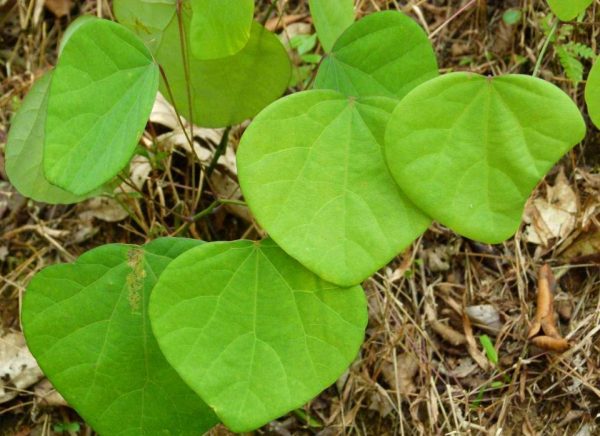Bhallataka (Semecarpus anacardium): The Potent Medicinal Nut for Various Ailments
Basonym of Drug: The medicinal nut known as Bhallataka is scientifically referred to as Semecarpus anacardium.
Main Synonyms: In Ayurveda, Bhallataka is known by various synonyms, including:
- Agnikrit
- Arushkara
- Bhallataka
- Duhkara
- Kajjala
- Rujakara
Regional Name: Bhallataka is also known by different names in various regional languages. Some common regional names include:
- Hindi: Bhilawa, Bhallatak
- Bengali: Bhallataka
- Kannada: Bhallataka
- Malayalam: Bhallataka
- Marathi: Bhallatak
- Tamil: Bhallataka
- Telugu: Bhallataka
Botanical Name: The botanical name of Bhallataka is Semecarpus anacardium.
Family: Bhallataka belongs to the Anacardiaceae family.
Classification of Dravya (Gana) as described in Charak and Sushrut: In the classical Ayurvedic texts of Charak and Sushrut, Bhallataka is classified as follows:
- Charak: Bhallataka is categorized under the group of “Virya Sthapan” (substances with hot potency) and “Grahi” (constipating).
- Sushrut: In Sushrut Samhita, Bhallataka is classified as “Kapha Vata Shamak” (pacifies Kapha and Vata doshas).
External Morphology: Bhallataka is a deciduous tree with small, oval-shaped leaves and small yellowish flowers. The fruits are drupes, and the nut is kidney-shaped, black, and contains a caustic oil.
Useful Parts: The useful part of Bhallataka is the nut kernel.
Important Phytoconstituents: Bhallataka nut contains various bioactive compounds, including cardol and cardanol, which contribute to its medicinal properties.
Rasa Panchaka: The Rasa Panchaka (five tastes) of Bhallataka is as follows:
- Rasa (Taste): Pungent (Katu), Bitter (Tikta)
- Guna (Quality): Light (Laghu), Sharp (Tikshna)
- Virya (Potency): Hot (Ushna)
- Vipaka (Post-digestive taste): Pungent (Katu)
Action on Dosha, Dhatu, and Mala: Bhallataka primarily pacifies the Kapha dosha and aggravates the Pitta dosha. It acts on the Mamsa (muscle) dhatu and has an effect on the Purisha (stool).
Prayogarha Vyadhi (Therapeutic Indications): Bhallataka is utilized in Ayurvedic medicine for various therapeutic purposes, including:
-
Skin Disorders: Bhallataka is used externally in the form of oil for managing skin conditions like eczema and psoriasis.
-
Joint Pain: It is used in Ayurvedic formulations to alleviate joint pain and inflammation.
-
Respiratory Health: Bhallataka is used in respiratory conditions like asthma and cough.
-
Digestive Disorders: In controlled and processed forms, it is used to manage digestive disorders.
Amayikaprayoga and Matra (Therapeutic Administration and Dose): Bhallataka is administered in various forms, but it requires strict processing to remove its toxic properties. The dosage and administration depend on the specific condition and the individual’s constitution. Commonly used forms and doses include:
- Bhallataka Oil: Used externally for skin conditions.
- Bhallataka Churna: Used internally in minute doses under medical supervision.
Vishishta Yoga (Names of Important Formulations): Bhallataka is an essential ingredient in various Ayurvedic formulations, although its use is restricted due to its potent nature. Some important formulations include:
- Bhallataka Avaleha: A medicated jam containing Bhallataka, used for respiratory and digestive disorders.
- Karpura Bhallataka: A formulation combining Bhallataka with camphor, used for joint pain and inflammation.
Vishakta Lakshan (Adverse Effects): Bhallataka is highly potent and toxic in its raw form. It must be processed meticulously to remove its toxicity. Overdose or improper preparation can lead to severe side effects, including skin irritation, gastric discomfort, and even poisoning.
Chikitsopachara (Remedial Measures): Bhallataka should be used only under the guidance of a qualified Ayurvedic practitioner. Due to its toxicity, it requires strict processing and controlled administration.
Shodhana (If Required): Bhallataka requires extensive shodhana (purification) procedures to remove its toxic properties. It is usually processed in milk or ghee before use.
Bhallataka, the potent medicinal nut, is utilized cautiously in Ayurveda for specific health conditions. Its therapeutic use requires proper processing and expert supervision to harness its benefits while avoiding adverse effects.
Please let us know for any correction or wrong information: We strive to provide accurate and informative content. If you find any inaccuracies or have any suggestions to enhance the article, kindly share your feedback. Your valuable input helps us improve and deliver content that aligns with the needs of our readers. Thank you for your support!



